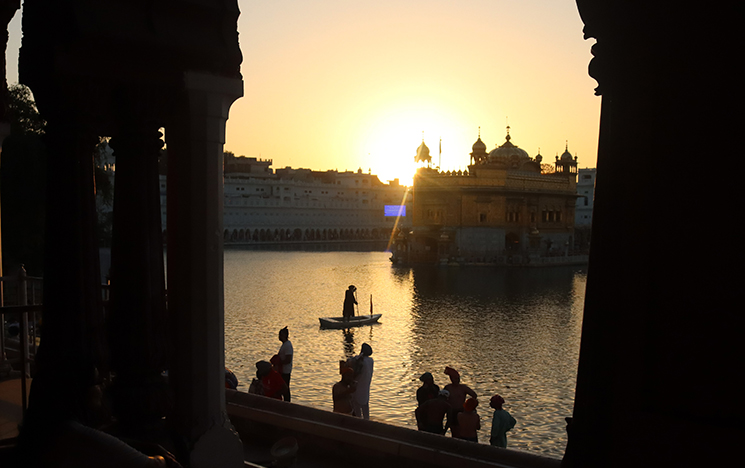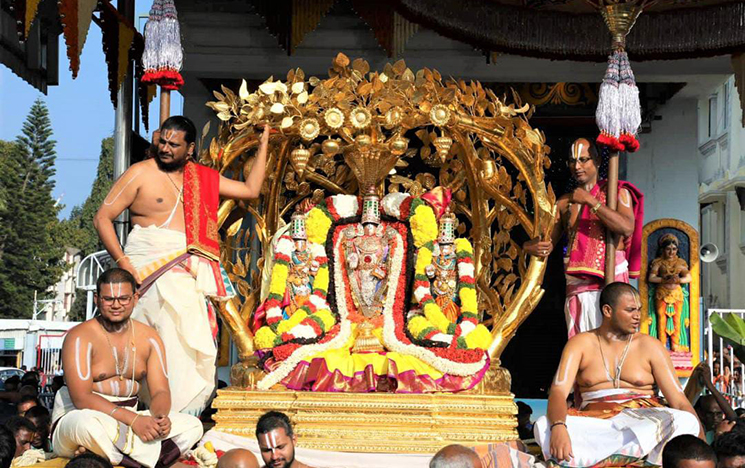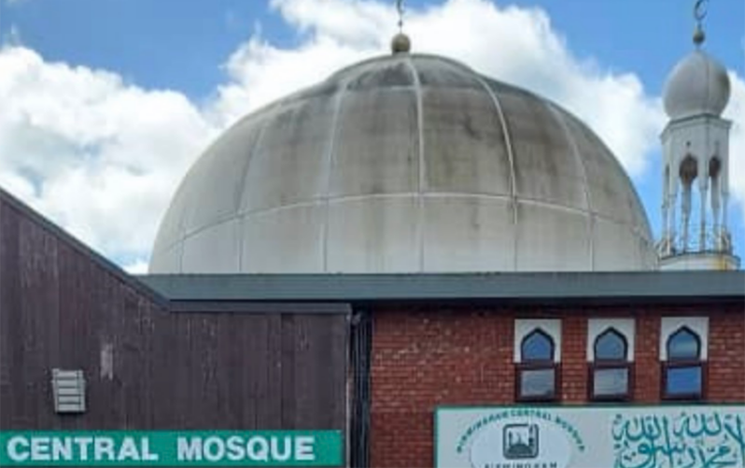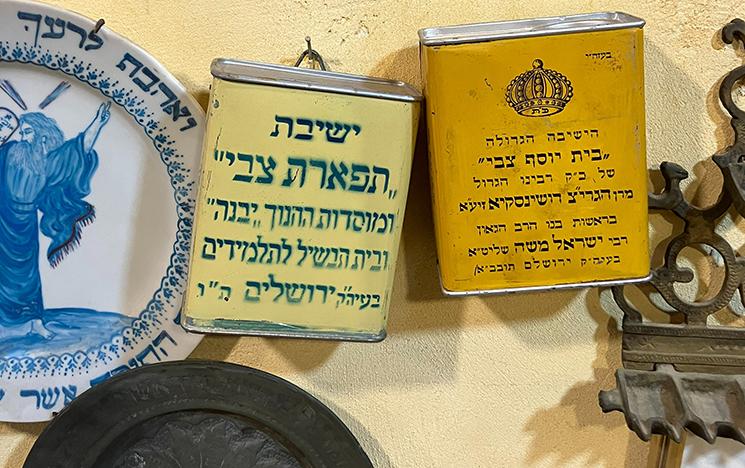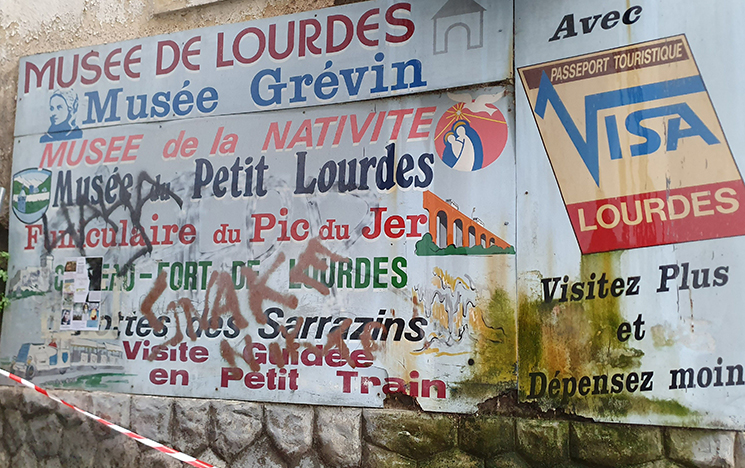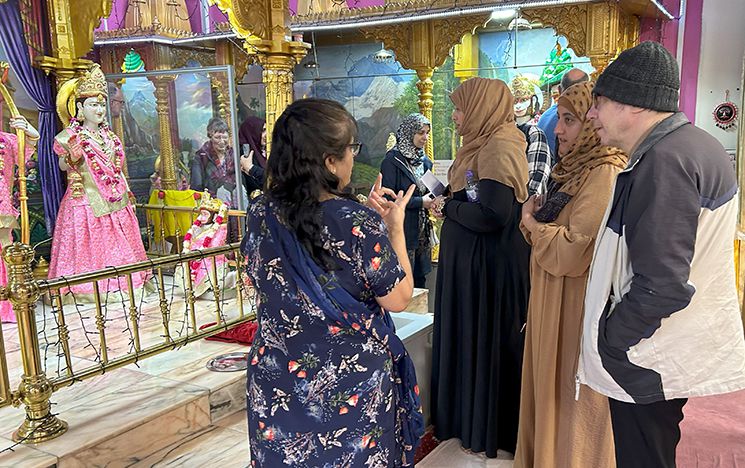Pilgrimonics
Pilgrimage is influenced by a complex of religious, socio-cultural, political and economic factors. This research provides an original and systematic analyses of global pilgrimage across different sites.
Global Pilgrimage and Circuits of Exchange
We are particularly interested in the relationships between pilgrimage, religion, and economics. These unfold at several levels: individual and household aspirations and spending; travel and service provision; and expanding infrastructures and investments in pilgrimage sites due to increasing visitor numbers.
Our focus is on the diversity of Sikh, Hindu, Muslim, Jewish and Catholic communities in Birmingham (whilst also problematising the apparent fixity of these religious identities). We also explore the conceptual, material and physical mappings of pilgrimage sites in South Asia, the Middle East and Europe.
Our research teams explore pilgrimage sites all connected to diverse communities in Birmingham where they hold religio-spiritual significance. Read more about the Pilgrimonics project team.
Elements of Pilgrimage
- Video transcript
We start the film at an interfaith event in Birmingham, then move to the city’s New Street train station where Commonwealth Games bull, Ozzy, is on display.
We travel by road and then by foot on the Camino to Santiago de Compostela.
We go to Lourdes where we encounter candles and the statue of Our Lady next to the river Gave. We see a panoramic shot of the Marian Procession, or torchlight procession, that sees hundreds of pilgrims processing through the grounds of the Lourdes sanctuary carrying candle lanterns. We see the procession from ‘within’ - from the perspective of those participating, and ending with a view of the illuminated frontage of the Rosary Basilika.
We next move to Jerusalem, with the film showing a glimpse of the town centre from a travelling bus and the Old City walls with the Tower of David. At night, the ancient stones of Jerusalem are illuminated by a light show depicting stories from the Hebrew Bible, using multi-media projections and pyrotechnic fire and water effects to illustrate the city’s ruins and rebuilding as described in Jewish scriptures.
We then go on a road trip to the Bhagwan Valmiki Museum on the outskirts of Amritsar in north India with a sound and light show of the sage Valmiki writing the ancient epic, Ramayana, including interactive digital messages about the character and conduct of human beings. We end up with candles and diya (clay oil lamp) at the Golden Temple (Harmandir Sahib) in Amritsar.
We next move to pilgrims going to Mecca by bus and on foot, praying, and drinking the holy Zamzam water.
We then see a river in India followed by water in Lourdes. The river in India leads to a Shiva shrine in the mountainside of Dharamshala, footage that leads to the holy waters in Tirupati.
This is followed by pilgrims queuing to venerate the rock imprint of Guru Nanak’s hand in Panja Sahib in Hasan Abdal in Pakistan, which is embedded in a pool of spring water in the centre of which stands the gurdwara (Sikh temple).
We next see a sevadar (volunteer) floating in a boat, cleaning the holy pool (sarovar) of Harmandir Sahib in Amritsar. We return to Jerusalem where Jewish women perform netilat yadaim (ritual hand washing) before the scene shifts to the Mediterranean coast of Tel Aviv where men and women perform tashlich, a ritual performed during Rosh Hashana (Jewish New Year).
We move to see veneration at Mount Arafat in Saudi Arabia, then to high-rise developments in Mecca, with pilgrims performing sai (walking between the two hills of Safa and Marwa), followed by a crowd going towards, and circumambulating the Kaaba.
We next see volunteers cleaning the streets in Amritsar before a procession, then around the Harmandir Sahib, followed by a Vaisakhi parade in the city. This is followed by a Bar Mitzvah at the Kotel (Western Wall), with a family procession under a handheld chuppah (canopy), accompanied by musicians playing a traditional tune Siman Tov u’Mazal Tov (“Good sign and good luck”).
Following this, we encounter Jews during the pilgrimage festival of Sukkot in Jerusalem before we revisit the Western Wall prayer area (not during Sukkot), where women look over the mechizah (partition) as men pray, sing, and dance.
We return to the Camino to Santiago de Compostela and see pilgrims walking up a misty hillside towards a large cross, followed by a shot of a milladoiro, or pilgrim cairn that shows stones and commemorative trinkets - flags, prayer-cards, rosaries - piled up alongside the path. This is accompanied with pilgrims hiking through woodland.
Finally, we come back to Birmingham and visit the city’s traditional Frankfurt Christmas Market with its German delicacies, illuminations and fairground in the city centre.
Moving out of the winter cold, we see members of Birmingham’s Progressive Synagogue light Hanukkah candles as a rabbi sings a Hanukkah song in Hebrew. Rabbi (sound bite): “What we are saying is: These lights which we kindle are holy.”
We next have a Hindu aarti performed in an adapted church in Birmingham (Shree Geeta Bhawan Mandir, Handsworth), and end with Diwali celebrations and fireworks in Smethwick’s Alexandra Park.
Contact
If you have any questions, email rk39@sussex.ac.uk or j.p.mitchell@sussex.ac.uk
Funded by the Leverhulme Trust.
